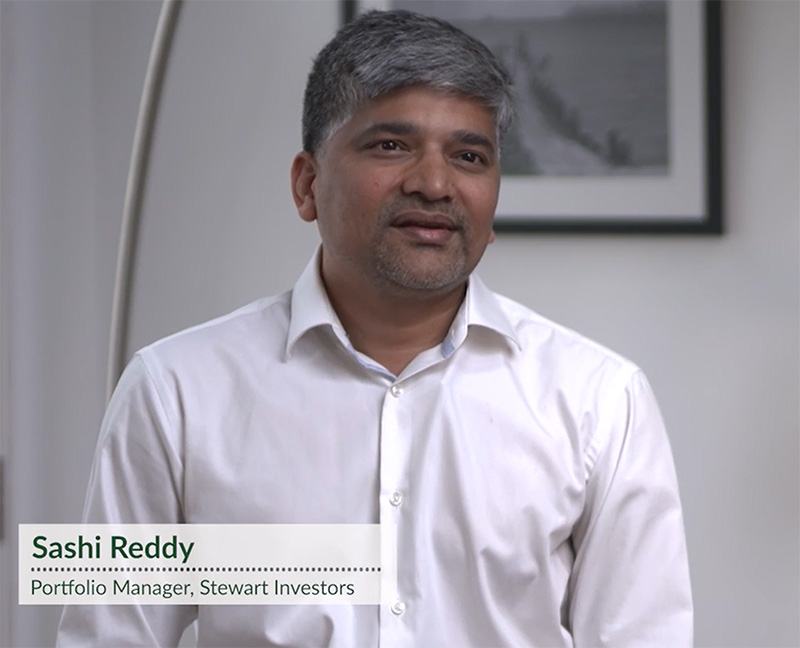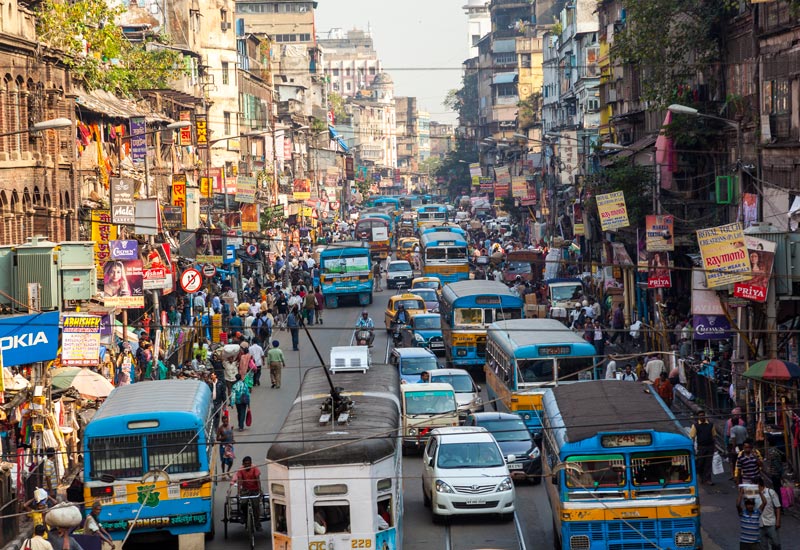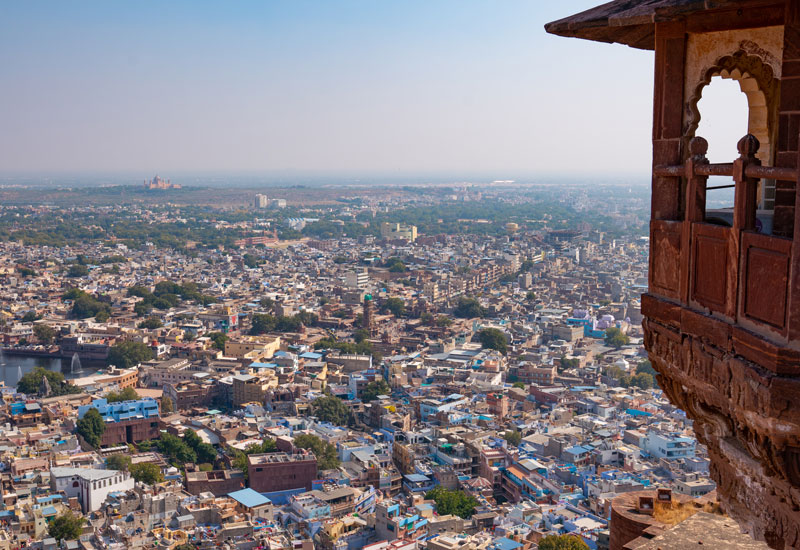Get the right experience for you. Please select your location and investor type.

The Indian subcontinent: An attractive destination for long-term investors
More about the strategy

A land of opportunity
Bounded to the north by the Himalayas, the Bay of Bengal and Arabian Sea to the east and west, the Indian subcontinent is home to a fifth of the world’s population and the largest democracy in the world. It is host to some of the world’s greatest sustainable development challenges, including water shortages, rising social divisions and climate change.
Fortunately, the region is also home to many exceptional companies, full of purpose and resolve to address these challenges. And when it comes to investing in the right companies, if the last few decades have taught us anything, it’s that in the long run quality prevails.
Finding quality
At Stewart Investors we seek to invest in only the very best companies managed by careful stewards, something the Indian subcontinent offers in abundance. We believe that bottom-up analysis, a focus on fundamental quality and a consideration of sustainable growth tailwinds is the best way to tap into these many investable opportunities, whilst our experience as investors in the region helps us better navigate the risks and opportunities in this dynamic developmental ecosystem.
Positive change
Over the last two decades we have witnessed much change across the region, and we believe the key ingredients are in place for a revival in both economic growth and sustainable development. We would argue this amounts to an extraordinary opportunity for long-term investors.
Nowhere is the link between sustainable development outcomes and investment returns more clear than it is in the Indian subcontinent.
Key opportunities
We believe there are some key ingredients in place for a revival in both economic growth and sustainable development. These include:
A lower-carbon future

There are a number of reasons to believe India will not follow a similar carbon-intensive development path as the West, or even China. We believe the Indian subcontinent’s path to a lower-carbon future could mean exciting growth opportunities for companies contributing to climate change solutions.
Early signs of revival in infrastructure investment and the manufacturing sector

Infrastructure investment has been India’s Achilles heel. We believe it could well be its champion throughout the next decade. A large domestic market, improving infrastructure and the need to diversify global supply chains due to geopolitical tensions, add wind to India’s manufacturing sails. These are still early days but the conditions are far better today for Indian companies to become competitive at a global scale.
Emerging quality healthcare ecosystem

A crisis is an opportune time to build trust. Companies with time horizons spanning decades understand this well. Indian pharmaceutical companies have long provided affordable drugs to the world, and the trust earned by supplying these at a reasonable cost during a global pandemic should help cement their role as providers of quality affordable healthcare globally for decades to come.
A potential resurgence of the property cycle

India remains one of the most attractive mortgage markets in the world due to low home ownership, low mortgage penetration and a young population. And property is more affordable today than at any time in the last 25 years. Mortgages would have to grow at twice the rate of GDP in the next 10 years just to catch up with China. This presents favourable conditions for the start of a multi-year property cycle.
.
Spotlight companies
We focus on understanding the contributions individual companies make to sustainable development and believe that qualitative assessments are equally as important as quantitative measures when it comes to understanding their real-world impact.
Along with Project Drawdown’s climate solutions and our human development pillars, the UN’s Sustainable Development Goals are one of the frameworks we use to assess the tangible contributions companies are making.
We’ve highlighted some of these below, or discover more for yourself by visiting our Portfolio Explorer tool. Company information as at 31 March 2023.
- Aavas Financiers
- CG Power
- Dr. Lal PathLabs
- Mahindra & Mahindra
Aavas Financiers is an affordable finance company focussed on low and middle income communities.

1. No poverty
Aavas provide affordable and accessible finance which is central to the sustainable development of many of the regions they operate in.
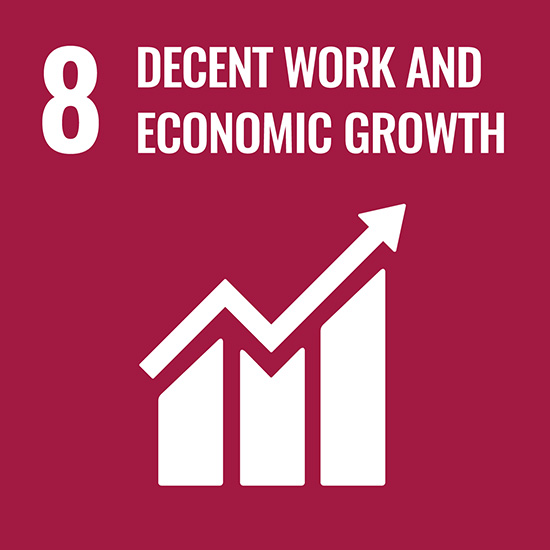
8. Decent work and economic growth
Mortgages in rural and semi urban India are still at a nascent stage with limited competition and Aavas is well positioned to benefit for decades serving this community.
CG Power make motors and transmission equipment.
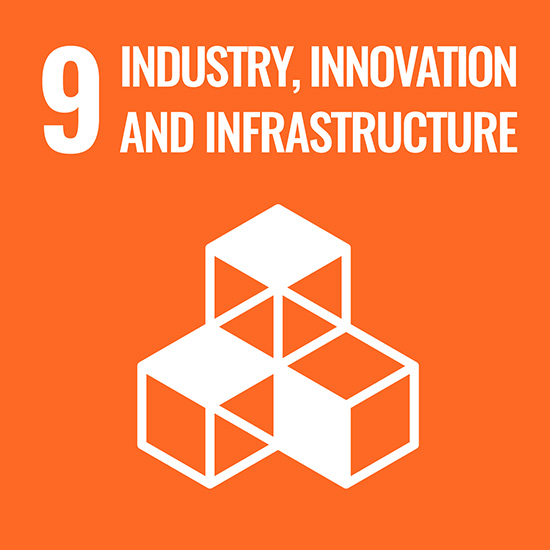
9. Industry, Innovation and Infrastructure
CG Power provide a comprehensive range of products, solutions and services for energy, water, infrastructure and agriculture industries, as well as many others.
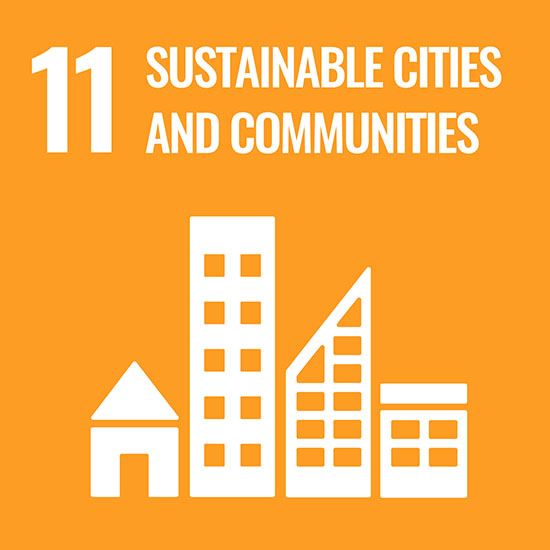
11. Sustainable cities and communities
CG Power supply high quality, “smart” electrical, industrial and consumer products and solutions all over the world helping customers to reduce emissions, noise and cost, as well as improving the reliability and safety of their operations.
One of India's leading medical diagnostics companies, running clinics which administer tests to help determine health conditions

3. Good health and well-being
Providing high-quality diagnostics to a more than 20 million people in an efficient and cost effective manner.
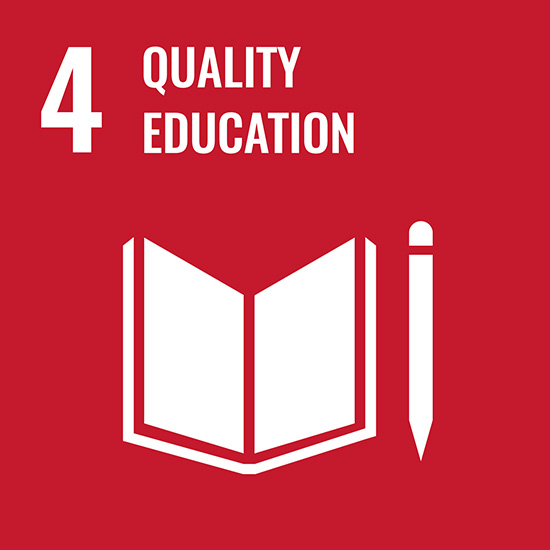
4. Quality education
Dr. Lal runs 10 Phlebotomy Technician Training Centres. More than 1,000 candidates graduated in 2020 with 75% being employed by Dr. Lal. Phlebotomy Technicians take blood samples from patients.
One of India's most respected and successful industrial groups.

1. No poverty
Mahindra Finance is a rural non-bank finance company focused on rural India. It provides affordable finance and financial products for rural communities and is one of the largest financiers of tractors in India.
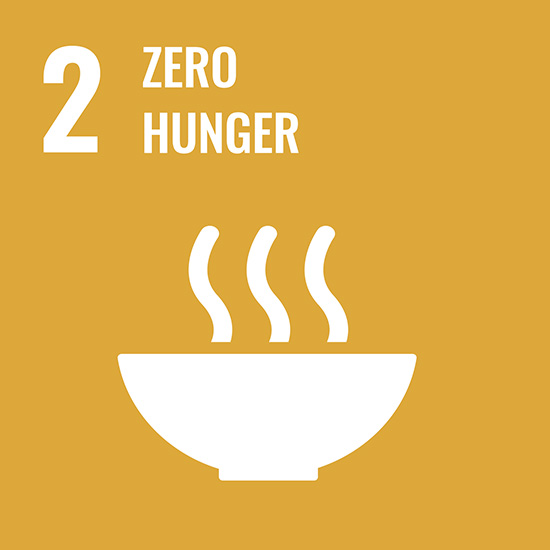
2. Zero hunger
Mahindra Tractors manufacture high-quality tractors, implements, harvesters and rice transplanters. The company is India's number 1 tractor brand and the world's largest tractor manufacturer by volume. Mahindra's agricultural machinery improves productivity, price and food security and disposable incomes. Machinery can reduce labour requirements which in turn can lead to positive opportunities for female education and employment.
Sign up for more
If you would like to hear more about the Indian Subcontinent Sustainability strategy, then please sign up below.
Registration
"Our investment philosophy strives to identify competent stewards who build and manage growing, resilient franchises. We believe that bottom-up analysis and a focus on fundamental quality and sustainable growth tailwinds is the best way to deliver sound, risk-adjusted, long-term returns. Our experience as regional investors helps us better navigate the risks and opportunities presented to us in a dynamic developmental ecosystem. We remain excited for the strategy’s potential to continue to deliver quality returns for decades to come."
Sashi Reddy, Portfolio Manager
"The Indian subcontinent is home to some of the world’s biggest sustainable development challenges. The region will have no choice but to leapfrog many of the phases of development the west, or even China, have endured. The private sector has an important role to play in this journey, making the region an attractive destination for long-term capital.
Nowhere is the link between sustainable development outcomes and investment returns more clear than it is in the Indian subcontinent."
David Gait, Portfolio Manager
This information is a financial promotion for the Stewart Investors Indian Subcontinent Sustainability Strategy intended for professional clients only in the UK, Switzerland, the EEA and elsewhere where lawful.
Investing involves certain risks including:
- The value of investments and any income from them may go down as well as up and are not guaranteed. Investors may get back significantly less than the original amount invested.
- Specific region risk: investing in a specific region may be riskier than investing in a number of different countries or regions. Investing in a larger number of countries or regions helps spread risk.
- Indian Subcontinent risk: although India has seen rapid economic and structural development, investing there may still involve increased risks of political and governmental intervention, potentially limitations on the allocation of the Strategy's capital, and legal, regulatory, economic and other risks including greater liquidity risk, restrictions on investment or transfer of assets, failed/delayed settlement and difficulties valuing securities.
- Currency risk: the Strategy invests in assets which are denominated in other currencies; changes in exchange rates will affect the value of the Strategy and could create losses. Currency control decisions made by governments could affect the value of the Strategy's investments and could cause the Strategy to defer or suspend redemptions of its shares.
Where featured, specific securities or companies are intended as an illustration of investment strategy only, and should not be construed as investment advice or a recommendation to buy or sell any security.
All information included in this material has been sourced by Stewart Investors and is displayed as at 30 September 2022 unless otherwise specified and to the best of our knowledge is an accurate reflection as at this date.
If you are in any doubt as to the suitability of our strategies for your investment needs, please seek investment advice.
** These figures refer to the past. Past performance is not a reliable indicator of future results. For investors based in countries with currencies other than USD, the return may increase or decrease as a result of currency fluctuations. Source for Stewart Investors Indian Subcontinent Sustainability Composite: Stewart Investors. Performance data is calculated on a total return basis and gross of tax. Performance figures do not reflect the deduction of investment fees and expenses. A client’s return will be reduced by the effect of investment fees and expenses. If a client placed $100,000 under management and a hypothetical gross return of 10% was achieved, the investment assets before the effect of fees and expenses would have grown to $259,374 in 10 years. However, if fees and expenses to the value of 1% were incurred, investment assets would have grown to $234,573, or an annual compounded rate of 8.9%. Source for MSCI India Index benchmark: FactSet. Index returns are shown on a total return basis and gross of tax. Performance calculated from launch of Stewart Investors Indian Subcontinent Sustainability Composite on 1 January 2003. All data to 31 December 2022 unless otherwise specified.

